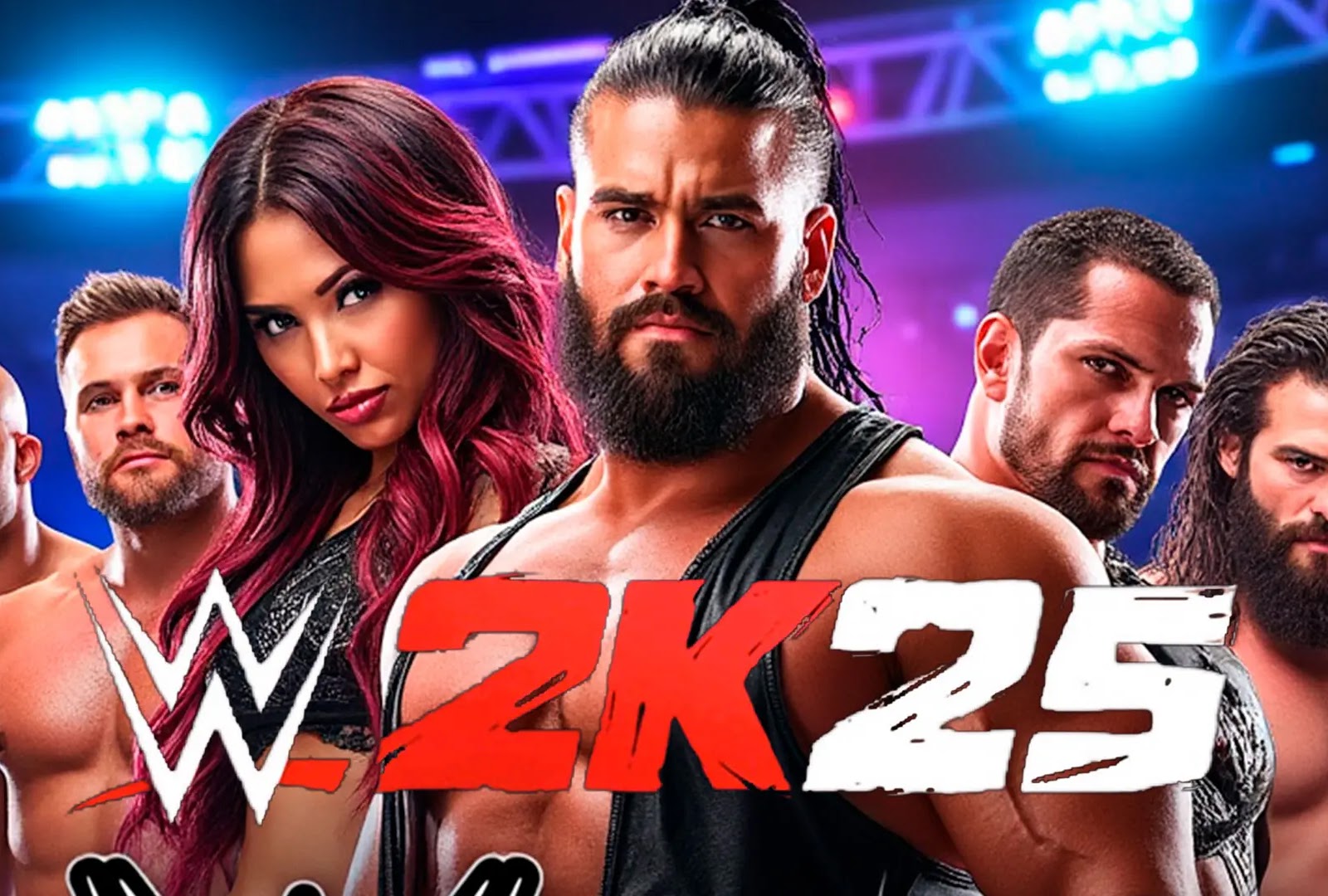The Steam Deck has emerged as one of the most impactful gaming devices of 2022. Initially, it left doubts about its readiness, but Valve’s continuous updates and improvements have made it a must-have for the right audience. Here’s a deep dive into its journey and why it’s now a strong contender in portable gaming.
A Rough Start Turned Triumph
When the Steam Deck launched in early 2022, it was riddled with issues — frequent bugs, game compatibility problems, and a lackluster user experience. Despite this, Valve dedicated itself to transforming the device. With over 100 updates in a year, the Deck evolved into a reliable and versatile gaming companion, proving Linux-based systems can deliver an impressive gaming experience.
Who Is the Steam Deck For?
The Steam Deck isn’t a direct replacement for consoles like the Nintendo Switch or PlayStation Vita. Instead, it appeals to:
- PC Gaming Enthusiasts: Players looking to clear their backlog of PC games.
- Modders and Tinkerers: Those who enjoy customization and tweaking hardware or software.
- Gamers Seeking Value: It delivers near-PS4 power in a portable device for just $400.

Hardware and Performance
Impressive Power at an Affordable Price
The Steam Deck offers robust hardware, comparable to a PS4, beneath its 7-inch screen. At $399, it is a steal for what it delivers: performance, customizability, and portability.
Control Customization
The Deck’s controls are a standout feature. Players can remap buttons, enable gyro aiming, and adjust haptic feedback for a tailored gaming experience.
Gaming on the Deck
Compatibility Improvements
At launch, many major titles, like Cyberpunk 2077 and Persona 4 Golden, were unplayable. Today, Valve’s Proton compatibility layer allows most Steam games to run smoothly. However, some multiplayer games with anti-cheat software, such as Fortnite and Destiny 2, remain incompatible.
Game Library Expansion
- PlayStation Titles: Sony has embraced the Deck with games like God of War, Horizon Zero Dawn, and Spider-Man Remastered.
- Xbox Integration: Xbox Cloud Gaming is fully supported, expanding the playable library significantly.
Key Strengths
- Versatility: Beyond gaming, the Deck doubles as a Linux PC, with access to apps like emulators and alternative game launchers.
- Portability: Suspend and resume games instantly, just like on a Switch.
- Enhanced Features: Dynamic refresh rates (e.g., 40Hz) balance performance and battery life seamlessly.
Areas for Improvement
While the Steam Deck is an impressive device, it’s not without flaws:
- Battery Life: At high settings, it lasts only two hours.
- Bluetooth Issues: Lag persists, and microphone support is missing.
- Build Quality: Backlight bleed and stiff rear paddles are minor concerns.
- Occasional Bugs: Crashes and black screens occur sporadically.
Community and Ecosystem
The Steam Deck thrives because of its passionate community:
- Repairability: iFixit offers replacement parts, ensuring longevity.
- Custom Accessories: Fan-made add-ons like the DeckMate system enhance usability.
- Emulation Powerhouse: Tools like EmuDeck turn the Deck into an emulator for legacy games.
The Verdict
Valve has proven the viability of a portable gaming PC with the Steam Deck. After nearly a year of updates, the device now feels polished and capable. While it isn’t perfect, it delivers excellent value for gamers seeking a portable, customizable, and powerful system.
If you’re intrigued by the idea of playing PC games on the go and are open to occasional tinkering, the Steam Deck is a fantastic investment.









Leave a Reply